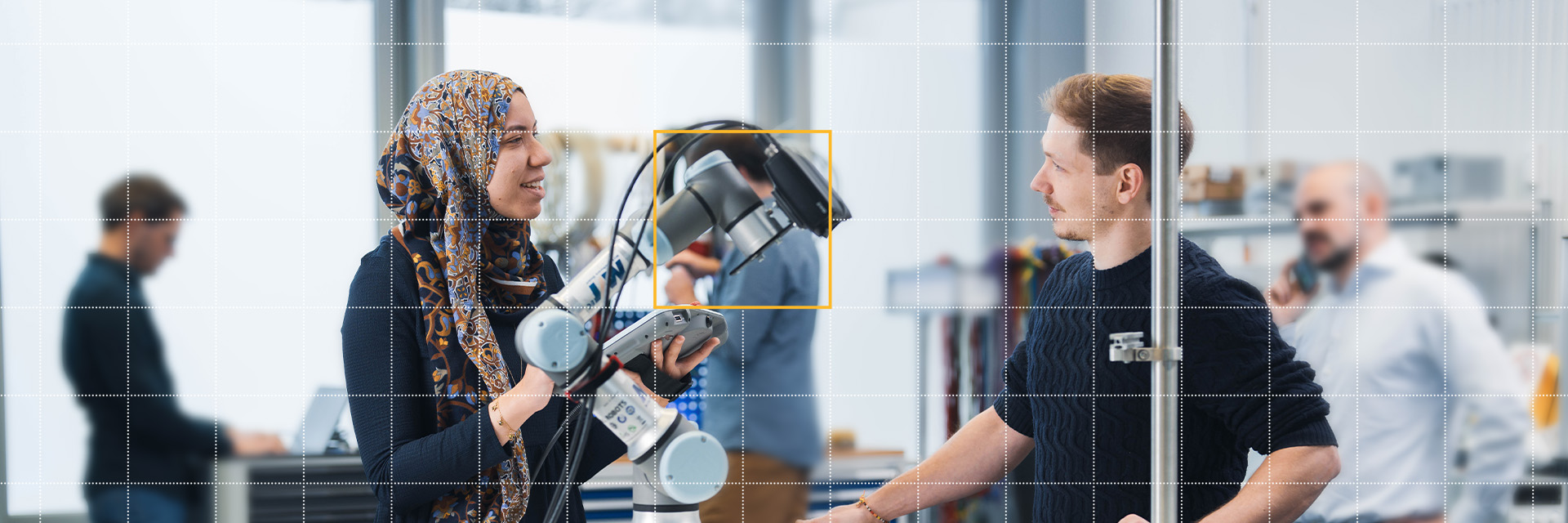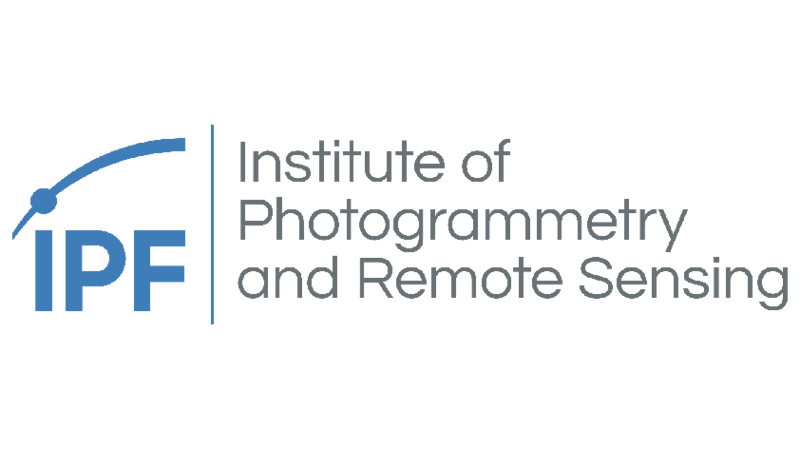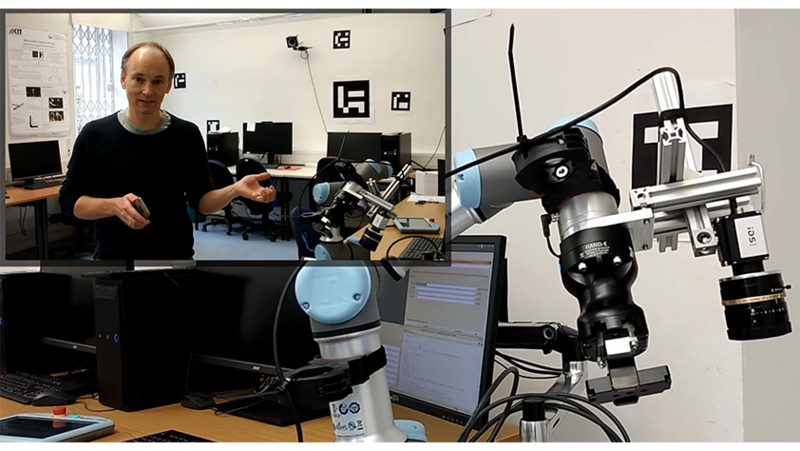
Karlsruhe Institute of Technology (KIT)
Education, Research & ScienceCAMPUS STORY
Students of the Institute of Photogrammetry and Remote Sensing can benefit from 20 Years of HALCON experience. Their professor, Prof. Dr. Markus Ulrich, tells us in an interview how he illustrates the subjects taught in his lectures with the MVTec HALCON.
Why did you choose HALCON for your teaching or research purpose?
Due to 20 years of experience with MVTec HALCON, I know the software very well. HALCON offers a very large scope of state-of-the-art machine vision functionality that overlaps with a large part of my teaching content. HALCON supports both, classical machine vision functionality as well as the newest machine learning technology, which both are important for teaching in this field. With HDevelop, HALCON offers an IDE (Integrated Development Environment) that is perfectly suited for practical exercises, in which the students deepen their knowledge by solving realistic real-world problems.
When did you first start using HALCON at your university? How do you integrate HALCON into your lectures?
I used HALCON at the KIT right from the beginning of my teaching activities in 2013. In the course “Geodesy and Geoinformatics”, I use HALCON for my lecture "Industrial Image Processing and Machine Vision" to illustrate the taught theoretical knowledge by showing and discussing practical examples. Furthermore, we use HALCON in the lecture-accompanying exercise, in which the students independently use HDevelop in small teams to solve given tasks. Currently, we are integrating HALCON into other lectures in photogrammetry, computer vision, and digital image processing. Besides teaching, HALCON is also used in current research projects.
Which task is being taught or solved by MVTec's machine vision product and how?
In the Bachelor program, the basics of photogrammetry and digital image processing are taught, which are to be deepened in practical exercises with HALCON. In the Master program, more specific topics are covered. Examples include projective geometry, mosaicking, 3D reconstruction, uncalibrated stereo, and 3D object recognition. In research, HALCON is currently being used in the area of robotics. Here we are investigating ways to simplify the hand-eye calibration of vision-guided robots for the user and to increase the accuracy over previous approaches.
Which advantages result from the use of MVTec on Campus? Which feedback do you get from your students or research team concerning MVTec on Campus?
From my point of view, the biggest benefits for the students are the opportunity to deepen their knowledge by the hands-on experience and the direct practical relevance of the exercises. In our research work, HDevelop enables rapid protoyping of new ideas, which makes it flexible and suitable for a wide variety of application areas. Many students tell me that after a certain training phase and sometimes initial difficulties in handling the huge variety of operators, the advantages of HALCON quickly become clear to them. It motivates them to be able to successfully solve applications with HALCON with their own images.
Do you have further comments about your use case or about the MVTec on Campus program?
The MVTec on Campus program supports us in our research-oriented and at the same time practice-oriented teaching. It offers students the motivating opportunity to apply their knowledge in practical exercises with the world's leading machine vision software. Due to the very good experience we had with HALCON eversince, we are currently thinking about how to further expand the use of the software in teaching in the future.
Thank you, Prof. Ulrich, for the interview!
Would you also like to benefit from MVTec on Campus? Learn more about the areas of application of HALCON for teaching and research purposes.


